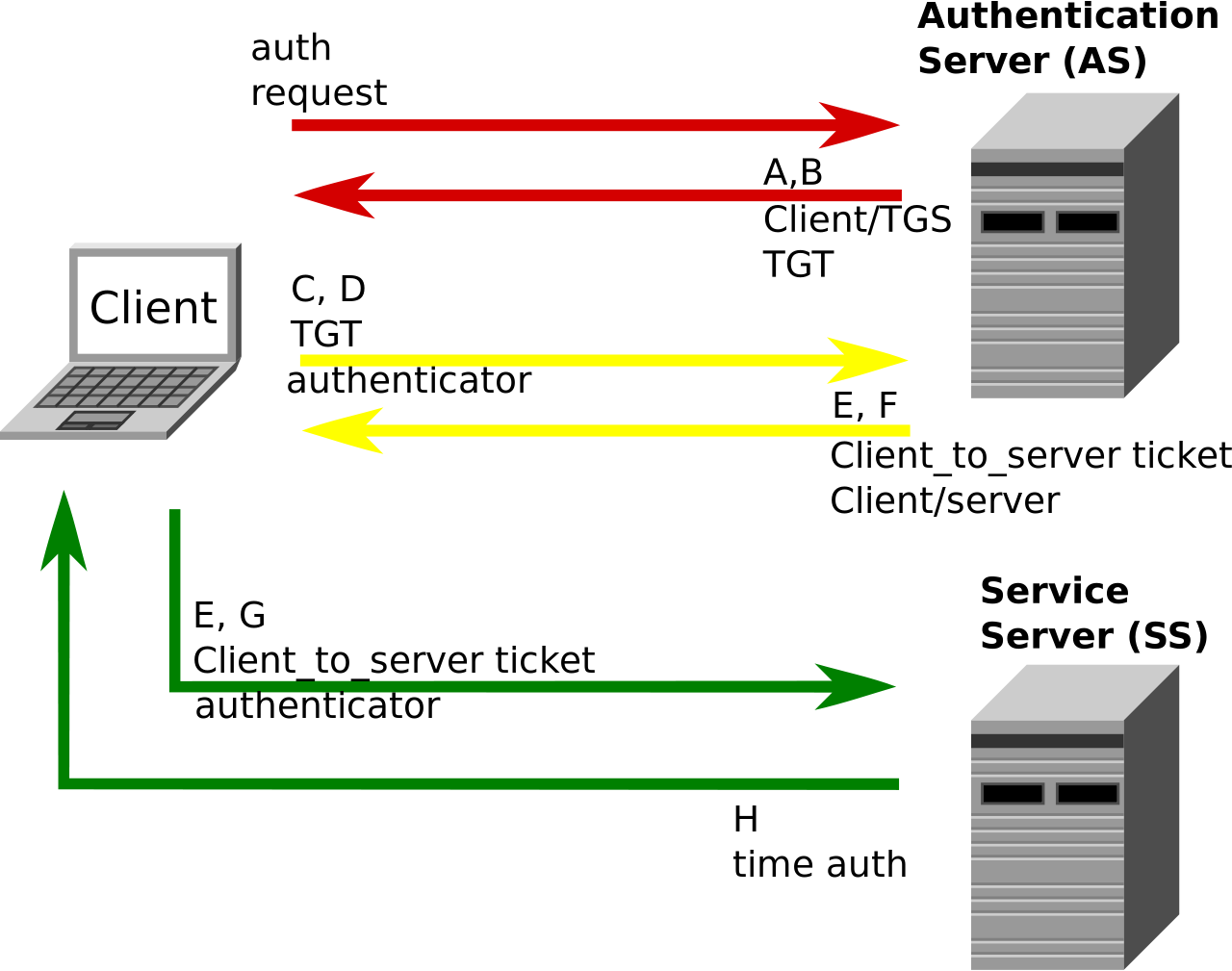

If you think that a particular service is worth checking out for security, then it’s possible to append the “–Name” switch as well as the service name. When you give this command, it offers up a list of every service that is currently installed on your system. You then need to filter the output and understand whether your system is safe or not. For example, you can use commands like Get–EventLog –Log “Application” to view the Application log. Though there are several ways to go about this process, the best one for this particular command is just to offer the –Log switch accompanied by the log file name. PowerShell may actually be used to parse the event logs present in your system. Finding out this information is easy when you use the command Get-ExecutionPolicy. In this case, you first need to know what sort of execution policy is currently being used before you try to run some script. Suppose you are working on a server that is entirely unknown to you. The recent PowerShell versions add an extra layer of security by helping users set up their choice of strategic security. To prevent this from happening, you can do two things – either you can make use of NTFS permissions to set limits on modifying permissions for these files, especially for the admin account or you can sign the file digitally and then configure PowerShell in a way that it employs a more restrictive strategy for execution. Even when the default location is in a user’s directory and the file remains protected from access by all users, it can be changed to execute commands without your knowledge. PowerShell profiles assist with system administration, but being just a PS1 file, it remains exposed to the risk of malicious code. Though this slows down the start-up time of the PowerShell console, it bodes well for the security of your system. These profiles support snap-ins and modules.

#WINDOWS 10 POWERSHELL SCRIPTS WINDOWS#
Windows PowerShell security script allows for the creation of custom profiles.
#WINDOWS 10 POWERSHELL SCRIPTS FREE#
This would free them from the burden of having to maintain a PS1 that is extremely complex. All the user needs to do is add conditions to this file to prevent a non-supported command from being executed by the “host.” There are lots of people who’d be more comfortable separating the profiles into individual files. For easy maintenance and security, a single file can be used for managing multiple profiles. Thus, a single host can have different profiles, and each one of them has an associated file stored in a specific location. The actual user connected to the machine is dubbed “user.” On the other hand, “host” is used for the host application that connects to the PowerShell engine. Below we’ll take a look at how the endless potential of PowerShell security scripts proves indispensable to Windows admins, and discuss the 10 best ones among them. This covers everything from network forensics to penetration testing, certificate management to event logging. Windows admins enjoy access to a wide range of scripts from the community, capable of handling security tasks of varying magnitudes. Do you want to monitor attack activities or need to manage your certificates? PowerShell has you covered.ĭue to the versatility of PowerShell, it’s not unusual for someone to create a PowerShell module or script that focuses on security. In fact, you can use it for both security-based jobs and certain Windows administration tasks. Using PowerShell isn’t difficult, once you get the hang of it.

Using PowerShell, Windows administrators gain the ability to automate various tasks, like managing users, deploying patches, and rotating logs. It offers scripting language flexibility and command line speed, making it incredibly effective to automate important security chores. Out of numerous Windows admin tools, PowerShell is one of the most valuable tools.


 0 kommentar(er)
0 kommentar(er)
